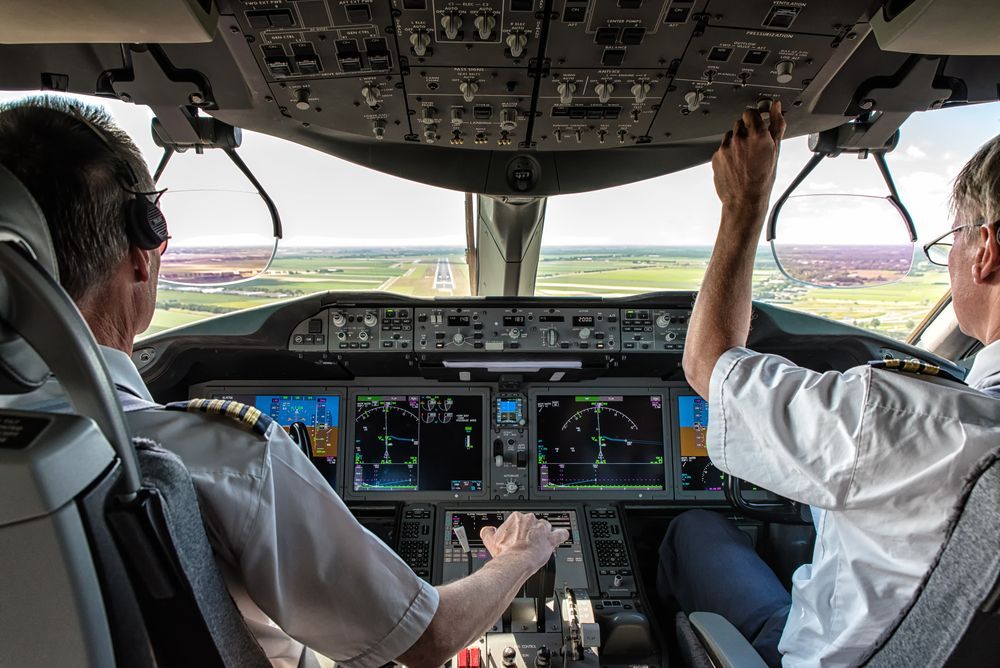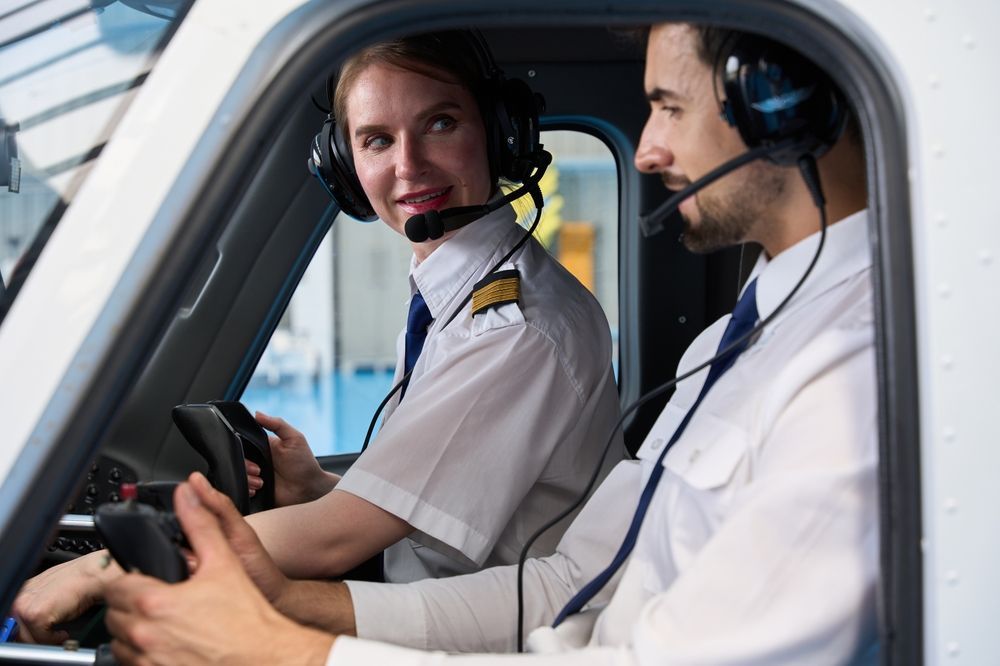Pilot Careers: The Growing Need for Pilots
Share this article:
Major news organizations are calling future pilot career paths and the growing need for pilots the perfect storm. While the International Air Transport Association (IATA) predicts that air travel will almost double in the next 20 years , from 4 billion to 7.8 billion passengers, the Federal Aviation Administration (FAA) says the number of pilots has decreased 30 percent in the last 30 years and, unless something is done, it’s only going to get worse.
How does this apply to current pilot career paths and those seeking to start their career in aviation? In the content below, we discuss the change in pilot career paths as the growing need for pilots builds exponentially over the next twenty years.
Innovation Among the Downward Trends
For the time being, the downward trend for pilot shortages shows no end in sight, and the outpacing of demand over supply could warrant a drastic change in the airline industry over the next two decades.
However, the CEO and Director General of IATA, Alexandre de Juniac stated:
It’s fantastic news for innovation and prosperity, which is driven by air links. It is also a huge challenge for governments and industry to ensure we can successfully meet this essential demand.
The Growing Demands for Pilots and Transportation by Region
The greatest demand is expected to be in the Asia-Pacific region as it surpasses the United States. More than half the new passengers in the next 20 years are anticipated to originate from that region. India, Indonesia, Thailand, and Turkey will all enter the top-ten markets, passing up the United Kingdom, France, and even Italy.
These figures could shift downward if trade liberalization and visa approvals slow, or if travel restrictions are put into place. However, the number of passengers could triple in 20 years if there is an increase in market liberalization.
The five fastest-growing passenger markets are expected to be China, the United States, India, Indonesia, and Turkey. Other markets expected to double each decade at a compound rate of more than 7.2 percent each year are mostly from Africa and include: Sierra Leone, Benin, Mali, Rwanda, Togo, Uganda, Zambia, Senegal, Ethiopia, Ivory Coast, Tanzania, Malawi, Chad, Gambia, and Mozambique.
Changes in the Industry
Years ago, becoming a pilot was considered prestigious, offering a high salary, nice schedule, and many days off. The military also funneled pilots into the airlines once they had been fully trained and completed their commitment.
Today, that has changed. According to CNN, some of the factors that have affected the industry include: the Airline Deregulation Act of 1978 that brought in the low-cost carrier; the 9/11 attacks that affected the financial health of the airlines; major airlines declaring bankruptcy; and pilots who were downgraded in position and pay due to the financial troubles and lack of passengers.
Why Are There Fewer Pilots?
Beginning in 2021, retirements at U.S. airlines will start to rise exponentially as the current field of pilots turns 65, the mandated age of retirement. As a result, nearly half of all pilots flying today are Baby Boomers and are about to retire.
Almost 40 years ago, about two-thirds of pilots were ex-military. Today the number is half of that, and both the Navy and Air Force are predicting significant shortages for the future as well.
The problem does not lie only with retirements but is multi-faceted. Additionally, “the high cost of pilot training and several years of earlier hiring freezes in markets like the United States and Australia have deterred potential aviators from entering an industry that Boeing says will need 637,000 more pilots over the next 20 years,” reports Reuters.
Complicating matters, there seems to be a bidding war going on as well. For example, China is competing heavily to attract experienced foreign captains by offering annual salaries up to $314,000, tax-free.
Seeking Pilot Career Paths in the Private Sector: An Unprecedented Shortage for Airlines
The shortage also poses a threat for private aviation as private and business aviation competes against the big airlines for qualified pilots, and some say private aviation is growing at a faster pace than commercial travel.
According to Forbes :
Private aviation relies on the most experienced pilots, who can also offer VIP passengers the personal attention they expect. These pilots have to work flexible hours to meet on-demand schedules. While these coveted pilots have traditionally been among the highest paid, they are now moving to commercial airlines that offer higher salaries and benefits private jet operators can’t match.
The Need for Pilots: Is There a Solution?
As they seek a solution in a timely fashion, some airlines are planning to expand their in-house training programs. Quantas Airways plans to invest $15 million in a new flying school, while Emirates opened a $135 million flight training academy last year that can train 600 new pilots.
Foreign airlines, such as Thailand’s Bangkok Airways PCL, is attacking the problem in a similar fashion as China, increasing salaries and benefits. However, this fails to address the shortage issue as it does not add any new pilots into the pool. Additionally, unions see this as an opportunity to ask for better working conditions and higher pay, but offer no real solution for the overall shortage.
On a smaller scale, there are people leaving their current jobs every day and joining the aviation industry as they see the hiring wave in front of them. The Aircraft Owners and Pilots Association (AOPA) tells the story of three such individuals – a stay-at-home mom, a corporate pilot, and a flight-school owner – all who started over in one way or another. Most important to them, rather than a fair compensation, was quality of life, the predictability and transparency of major airlines, and working close to home.
Start Your Pilot Career Path at J.A. Air Center
The pilot shortage is becoming a bigger and bigger issue as time goes on. While the causes are varied, the result is not: piloting is a field in desperate need of new experts. At J.A. Air Center , based in Aurora, Illinois, we are doing our part to contribute to the solution.
We offer a world-class career pilot program that puts aspiring aviators into the commercial pilots’ seat in as little as 12 months. Students are trained using the most modern equipment available and mentored by pilots in the Chicago area. This opportunity is available to graduating high school students, college students, and even those wishing to become an airline pilot with little or no prior experience.
After graduation, JA Flight cadets receive priority status with Southern Airways Express along with an expedited interview and class placement. Upon being accepted as a co-pilot, cadets go through a two-week training program in a Cessna Caravan and placed in the Southern Airways System. Once a Southern pilot reaches captain in a Caravan (about 1200 hours) and 2000 hours of flying time they will have the opportunity to interview with Skywest Airlines.
If you are interested in becoming a pilot and have any questions about our piloting programs, please don’t hesitate to contact us. We look forward to working with you!
Connect with Us:



